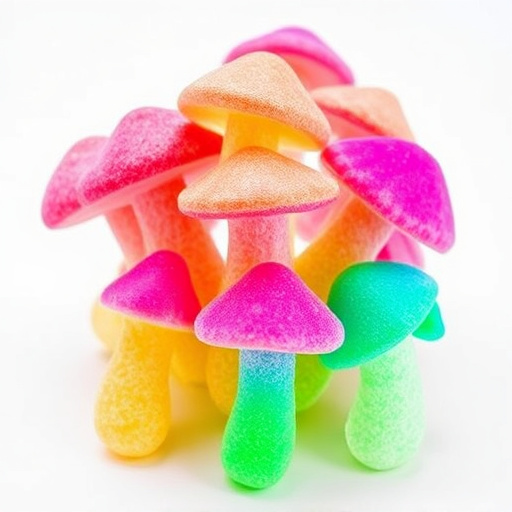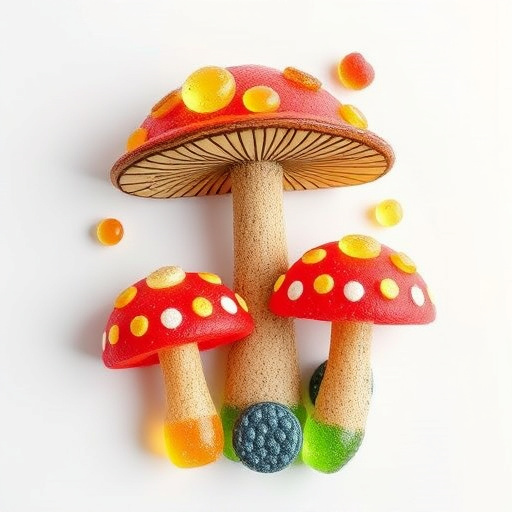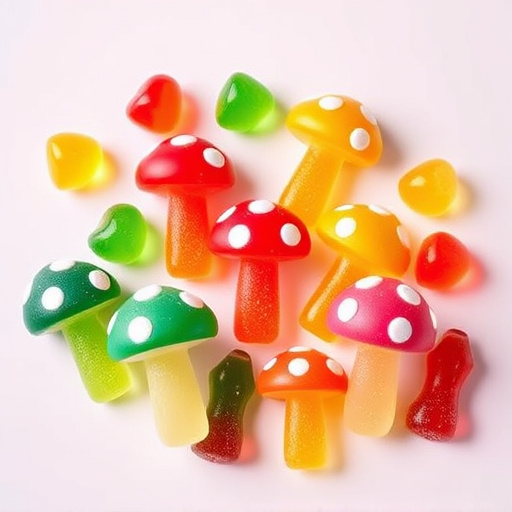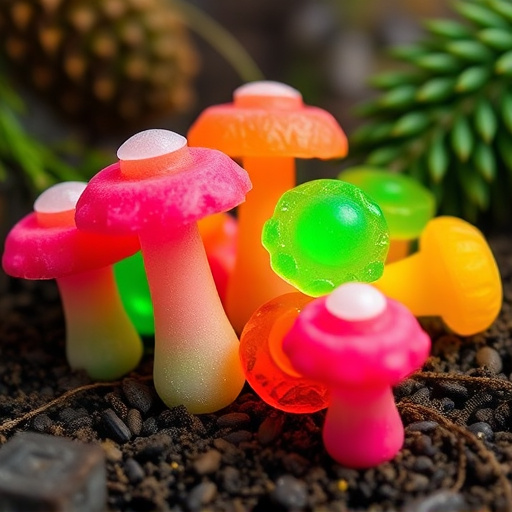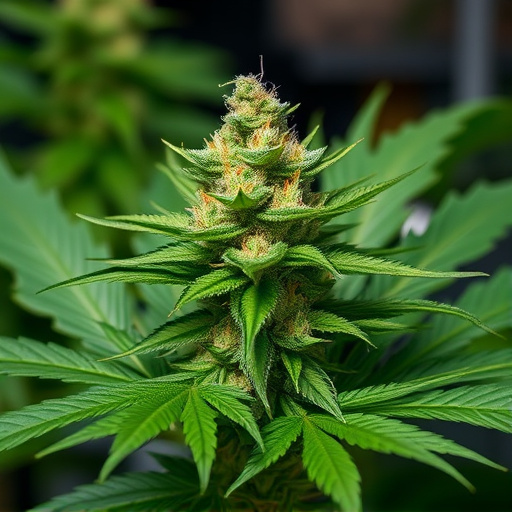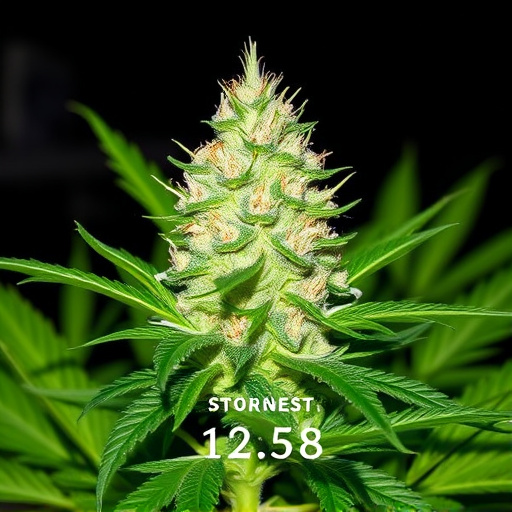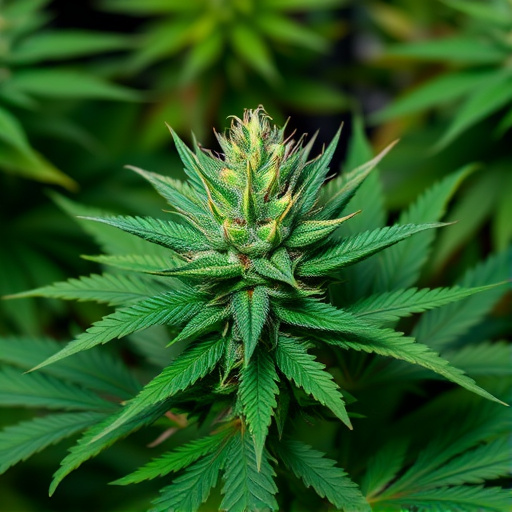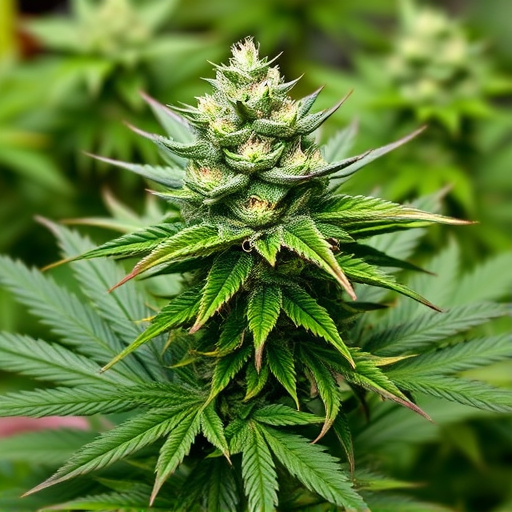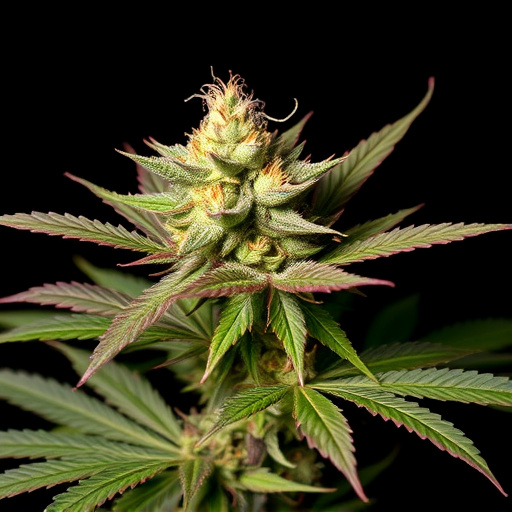Cannabis dosage is a complex issue with no universal safety limit. Strain potency, measured by THC levels, significantly impacts effects; high THC can cause anxiety and increased heart rate, while higher CBD content offers potential therapeutic benefits without intense psychoactivity. Starting with low doses and gradually increasing is crucial for safe usage, as tolerance varies greatly among individuals. Consumption method, frequency, and personal biochemistry also play significant roles in reactions to cannabis, regardless of whether using the strongest cannabis strains or lower-potency alternatives. Understanding these factors helps ensure positive experiences and avoids adverse reactions.
“Unraveling the safety limits of cannabis is a complex journey, especially with the diverse landscape of modern strains. As the world navigates its relationship with this controversial plant, understanding dosage becomes crucial. This article aims to dissect the intricacies of cannabis consumption, exploring how different strains can impact users and offering insights into safe usage practices. From potent strongest cannabis strains to milder alternatives, we delve into the science behind dosage, empowering readers to make informed choices.”
- Understanding Cannabis Dosage and Safety
- The Impact of Different Cannabis Strains
- Finding the Right Balance: Safe Usage Guidelines
Understanding Cannabis Dosage and Safety
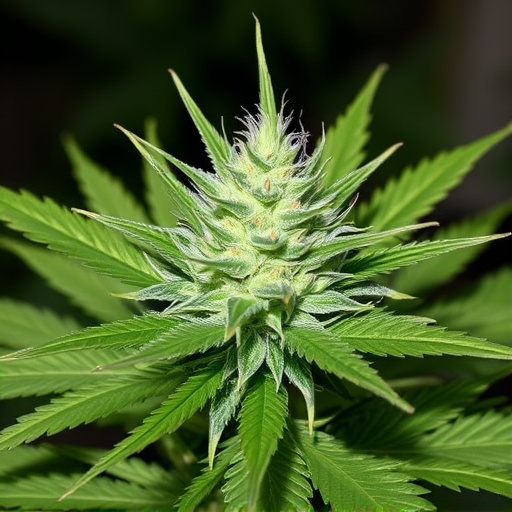
Cannabis dosage and safety are essential considerations for anyone thinking about consuming this controversial plant. Unlike some over-the-counter medications, cannabis does not have a universally agreed-upon safe dosage limit. This is partly due to its complex chemistry and varying effects on different individuals. The strength of cannabis strains plays a significant role; the strongest cannabis strains typically contain higher levels of tetrahydrocannabinol (THC), the compound responsible for most of cannabis’s psychoactive effects.
Because THC can produce both positive and negative effects, depending on dosage and individual tolerance, it’s crucial to start with low doses and gradually increase as needed. Factors like method of consumption, frequency, and personal biochemistry all influence how one might react to cannabis. Understanding these variables is key to navigating the safe use of cannabis and ensuring a positive experience without adverse reactions.
The Impact of Different Cannabis Strains
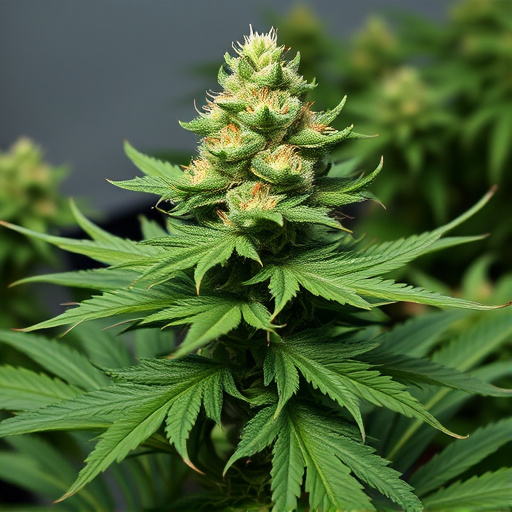
Cannabis users often debate the safe dosage limits, and one significant factor is the strain’s potency. The impact of different cannabis strains varies widely due to their unique combinations of cannabinoids, particularly THC (tetrahydrocannabinol) and CBD (cannabidiol). Strains considered among the strongest cannabis strains typically have elevated THC levels, offering potent psychological effects. These high-THC varieties can significantly impact users, especially those new to cannabis, leading to increased heart rate, heightened sensitivity, and potential anxiety or paranoia.
In contrast, strains with higher CBD content are often sought after for their potential therapeutic benefits without the intense psychoactivity. While these may not be the “strongest” in terms of getting users high, they can still have a powerful effect on the body’s endocannabinoid system, potentially aiding in pain relief, reducing inflammation, and calming anxiety. As such, understanding the strain’s profile—whether it leans more towards potent THC or relaxing CBD—is crucial for consumers aiming to find a safe dosage that aligns with their desired effects.
Finding the Right Balance: Safe Usage Guidelines
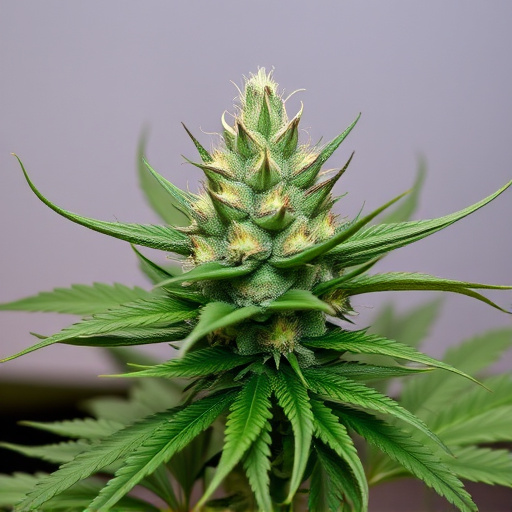
Finding the right balance with cannabis is crucial, especially when considering its potent effects on the mind and body. While many seek out the strongest cannabis strains for their therapeutic or recreational purposes, it’s essential to remember that potency isn’t everything. Safe usage guidelines suggest starting with low doses and gradually increasing as needed, allowing individuals to experience the plant’s benefits without adverse side effects. This cautious approach is particularly important for newcomers, as it enables them to gauge their tolerance and understand their body’s unique response to cannabis.
The variability in cannabis consumption methods also plays a role. Edibles, for instance, can produce more intense and prolonged effects due to their delayed onset, making them potentially riskier for those new to the plant. In contrast, smoking or vaping may provide a quicker, more controllable experience, especially with lower doses of high-potency strains. Regardless of method, being mindful of personal limits and respecting one’s body’s signals is key to safe cannabis usage.
While cannabis has shown promise in various medical applications, determining a safe dosage limit remains challenging due to its complex chemistry and varying strain profiles. The impact of different strains, with their unique THC and CBD concentrations, underscores the need for personalized dosing. As we continue to navigate this evolving landscape, adhering to safe usage guidelines is crucial, especially when exploring the strengths of what are often considered the strongest cannabis strains. Finding the right balance between potential therapeutic benefits and mitigating risks is paramount for responsible cannabis use.
